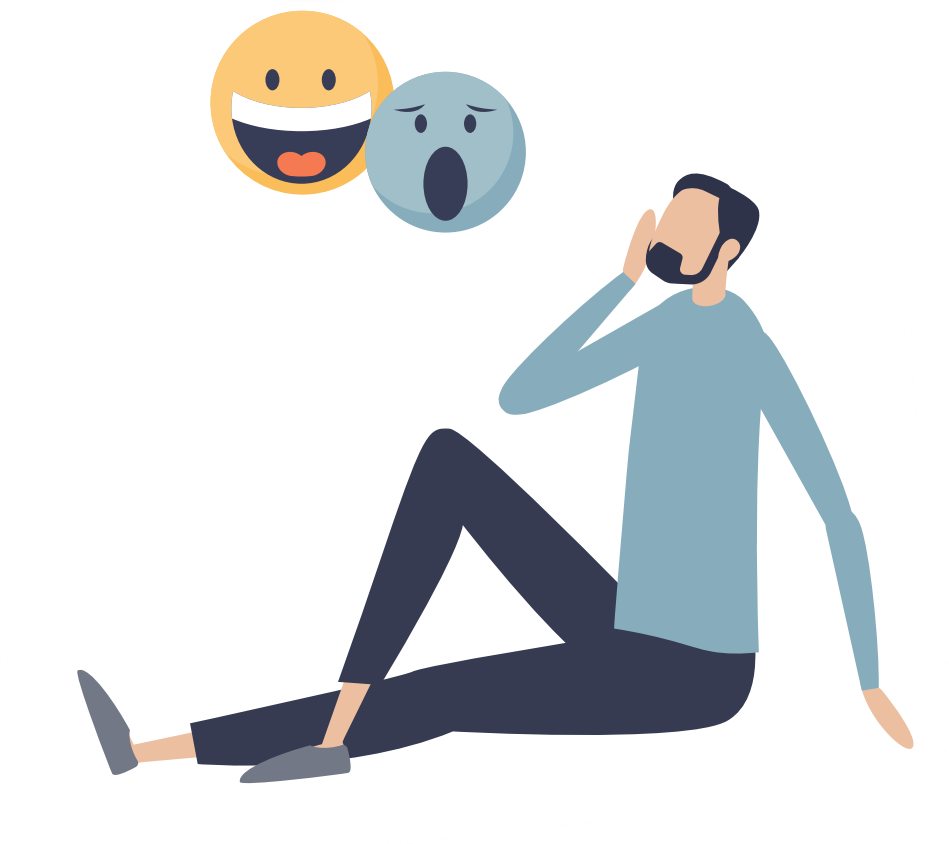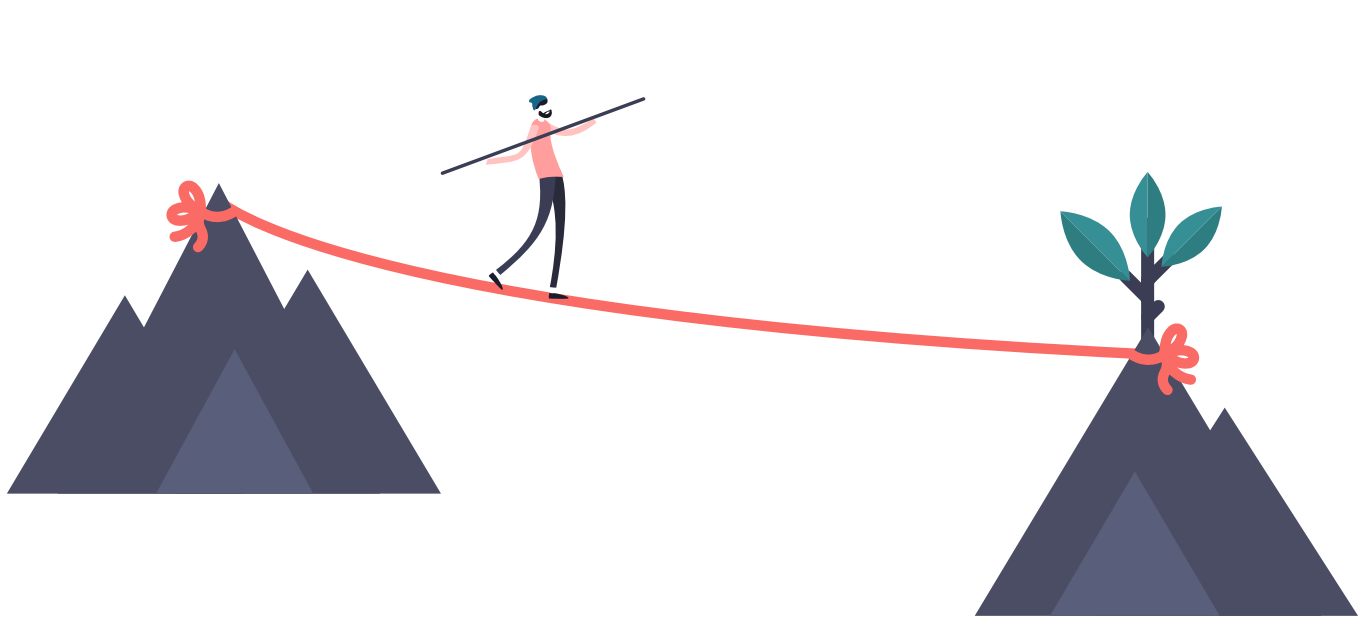Ready to make a change?
Check out this useful self-help guide on how to cut-down or stop.
Step 1: Plan
Setting a goal
Before you start cutting-down, or quitting altogether – it’s useful to set yourself a goal so you can keep yourself accountable.
Setting a goal that is right for you and your circumstances is the first step on your path to recovery. But setting an appropriate goal can be difficult if you have never done it before.
Start your journey by learning how to set a goal that is right for you.
If your goal is to cut-down or stop, one of the best ways you can start to see how much you use is to keep a Substance Use Diary. Check out these useful tips on tracking your use.
![]()
Quitting use altogether
Think your substance use has reached the point where you are ready to quit? It is never too late to give it up.
Check out our useful tips on quitting your use.
Cutting down
Have you decided that the time is right to make a change, but you would like to try cutting down how much you use, rather than stopping altogether?
Check out our useful tips on cutting down.
If you do decide on cutting down, rather than stopping altogether, here are some ways that you can reduce your risk of harm.

Being accountable
Once a goal has been set, it is important that you stick to your goal.
Sticking to your goal can be difficult, but here are some helpful tips on sticking to your goal, so you can do that effectively.
A useful strategy is to agree on a behavioural contract. Writing out a contract about your do’s and don’ts for substance use will help keep you accountable to yourself, by reminding you of what you agreed to do. Your word to yourself is your bond.
Step 2: Prepare
Situations that trigger you to use
Most people who use alcohol, tobacco or other drugs, find that there are specific situations (e.g., people, places, times) that trigger the urge to use. Part of the journey to recovery is understanding how this relates to you.
These are called your high-risk situations. Learning to identify them is the first step in preventing a relapse. Handling those situations is the next step.
Check out our useful tips on identifying high-risk situations and how to handle them.

When things go wrong
There is a saying about the best laid plans…
Cutting down or stopping use is hard. Experts will tell you that substance use disorders are chronic and relapsing conditions. At some point in your journey to recovery, you may come face-to-face with this reality.
Preparing for a situation in which you might slip up is one of the best ways to prevent one from happening.
People find it useful to plan for a slip, just in case.
However, sometimes as well as we plan, unexpected events or situations can still occur that can cause you to slip.
In that case, it’s useful to know how to prevent a slip from escalating, so a lapse doesn’t become a relapse.
Step 3: Maintain
Cravings, urges and intrusive thoughts
After staring out on a journey to recovery, people will often find it really difficult to stay clean and sober. This can be because of preoccupying thoughts about drug use, along with cravings and urges to use.
But with each day that passes, managing those thoughts, cravings and urges does get easier.
Fortunately, there are a number of tried and tested strategies that you can use get control of your cravings, urges and intrusive thoughts.
The first useful strategy is to practice being assertive. Assertiveness is learning to say ‘no’ and it’s an important skill to learn if you want to stay clean and sober. Being assertive and saying no in a situation where you would normally use can make it easier to say no again the next time.
The second is learning to cope with cravings and urges. Cravings and urges are normal. Everyone experiences them to some degree. Some people are just a little bit better at ignoring them than others. Learning how to effectively cope with cravings is an important part of recovery.
The third strategy that will help you maintain your success is learning how to challenge those intrusive thoughts. Intrusive thoughts are those that often make you feel sad, anxious, depressed, and worthless. Often, they give way to cravings – because you may have learned to do so in the past. Learning how to challenge unhelpful thoughts can help reduce the likelihood that those thoughts turn into cravings, and into use.
The fourth strategy is practicing mindfulness. Mindfulness is the practice of being present in the moment, noticing your thoughts and feelings, and letting them go. It’s about recognising them for what they are; just thoughts. With a bit of practice, you can overcome those preoccupying thoughts, cravings and urges to use.



